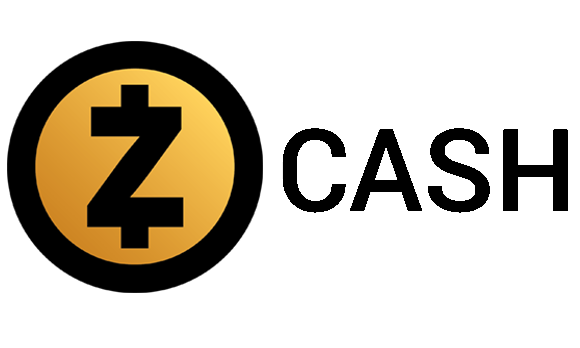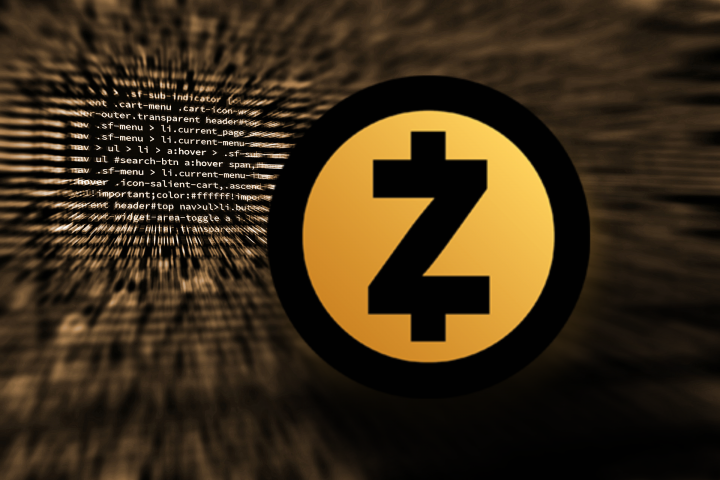
Zcash uses novel cryptographic zero-knowledge proofs (zk-SNARKs) to protect both amount and recipient on special, "shielded" transactions. Theoretically, this increases the set of potential inputs and outputs for a given transaction to every shielded address on the Zcash blockchain.[6] In reality, the anonymity set is much smaller as older addresses are less likely to be in use (this does not seem true, what is the deterrent? V.v). However, this is as large as the anonymity set for any public blockchain can become as a transaction must be recorded.
Zcash also allows for transparent transactions, which do not provide any privacy protections at all. This is due to shielded addresses lacking certain features (such as multi-signature wallets) and the hardware requirements to generate a shielded transaction (a copy of the blockchain and ~3GB of RAM[7]). It is thus possible to correlate transactions when a transparent address sends a given amount to a shielded address and later that amount is transferred to a transparent address. What was private can now be inferred through indirect knowledge thanks to knowing the "inputs and outputs."
It is also possible for a network adversary observing IP addresses to correlate transactions. VPNs, Tor, and I2P can be used to hide IP addresses and there are ongoing efforts to enable Tor by default.

Parameter generation
Zcash differs from most cryptocurrencies in that the monetary base required the generation of parameters that could be abused to counterfeit Zcash if "toxic waste" created in the process was not destroyed. A compromise of the "toxic waste" would not impact the anonymity or security of individual transactions, it would only allow for secret inflation.
This threat was mitigated by using a multi-party system in which six individuals would have had to collaborate to manipulate the currency. The participants involved both Zooko (CEO of the company behind Zcash) and Bitcoin core developer Peter Todd, a noted Zcash critic.[8] Zooko's ceremony was also observed by reporters and three of the participants filmed. All parameter generation took place on new hardware that was disconnected from the internet, with communication to a coordinating server taking place using write-once DVDs. The DVDs were archived and hashes of their contents published online.

history
Starting in 2014, the Zcash protocol (briefly known as "Zerocash") was developed through a collaboration between the original Zerocoin researchers at Johns Hopkins University and a group of cryptographers at the Massachusetts Institute of Technology, the Technion – Israel Institute of Technology, and Tel Aviv University, who together were able to improve upon the original design by making it more efficient and more private.
The Zcash project was formally announced by ZECC CEO Zooko Wilcox-O'Hearn on Jan 20, 2016, as an evolution of the existing Zerocoin project (the work of Matthew Green, Ian Miers, Christina Garman, Aviel D. Rubin, at The Johns Hopkins University Department of Computer Science, Baltimore)
"With the new Zerocash protocol, unlike the old Zerocoin protocol, users can make direct payments to each other with a vastly more efficient cryptographic protocol that also hides the amount of the payment, not just its origin."
This new protocol by Eli Ben-Sasson, Alessandro Chiesa, Christina Garman, Matthew Green, Ian Miers, Eran Tromer, and Madars Virza produced a coin which would no longer be an “Add-On” to the original Bitcoin but instead would be a new full-fledged digital currency.
The first mining of ZEC was at 17:10 London Time with the release of the 1.0.0 "Sprout" release on October 28, 2016.
In April 2017, Zcash was included among the cryptocurrencies that can be managed by Jaxx, a wallet platform available for Android and iOS.
On April 4th 2017, Zcash entered the top 10 cryptocurrencies by market cap
Not indicating that the content you copy/paste is not your original work could be seen as plagiarism.
Some tips to share content and add value:
Repeated plagiarized posts are considered spam. Spam is discouraged by the community, and may result in action from the cheetah bot.
Creative Commons: If you are posting content under a Creative Commons license, please attribute and link according to the specific license. If you are posting content under CC0 or Public Domain please consider noting that at the end of your post.
If you are actually the original author, please do reply to let us know!
Thank You!
Hi! I am a robot. I just upvoted you! I found similar content that readers might be interested in:
https://en.wikipedia.org/wiki/Zclassic
Lookin' into this as well....lots to learn about cryptos . . .
Congratulations @ramin.avi! You have completed some achievement on Steemit and have been rewarded with new badge(s) :
Click on any badge to view your own Board of Honor on SteemitBoard.
For more information about SteemitBoard, click here
If you no longer want to receive notifications, reply to this comment with the word
STOPAwesome @ramin.avi and thank you for following me!
If you haven't checked out my introduction post yet...
https://steemit.com/introduceyourself/@somealaskaguy/alaska-coin-ico-class-is-now-in-session-alaska-bitcoin-and-blockchain-school
Please, check it out and #UpVote if you like as I faithfully up vote everyone that follows me...or at least I try to!
Thank you so much and have a blessed day.